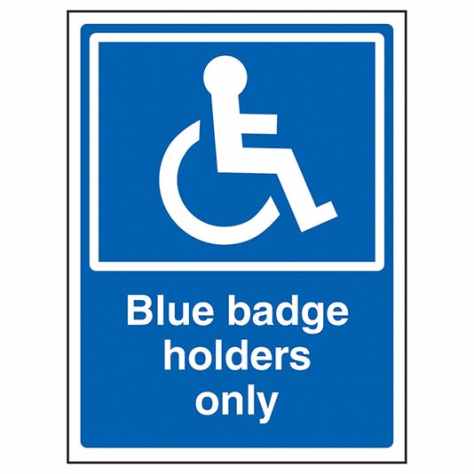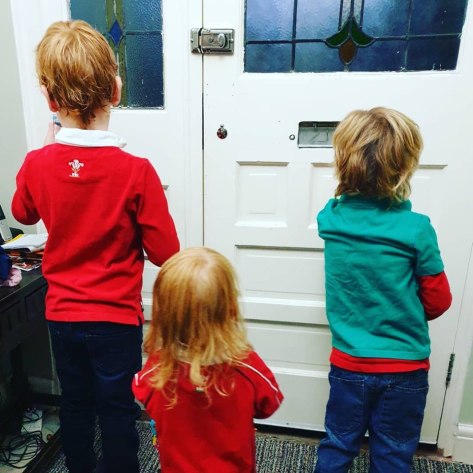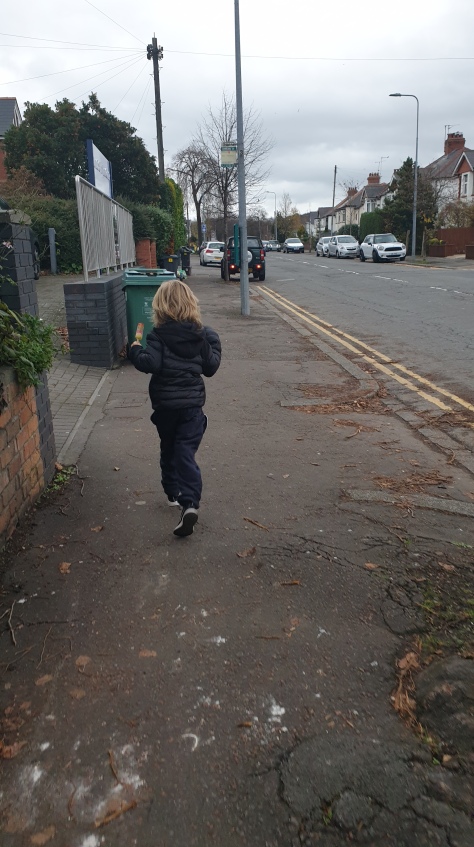I sit down with my phone and Google the forest area we plan to visit. There are some lovely photos of the area, but I am looking for a specific one. It doesn’t need to be pretty or taken in the perfect light for submission for an annual photo award, but it does need to show the venue and its distinct characteristics.
I find the perfect picture of the entrance, the lettering depicting the venue very clearly. The path proceeds ahead with trees on each side inviting the walker to go ahead. I save the image and then continue to search for a few more images. There are some wooden sculptures along the walk that the children can search for and sit on if desired. Saving the images to my phone, I feel planned and ready for our forest adventure.

“Rhys, shoes then car, forest and sculptures” I say, pointing to each picture in turn on my phone as I state its relevance. I use minimal words avoiding complex sentences with unnecessary descriptive language.
Rhys looks at each of the images. He is comfortable with the shoes and car, he has seen those on many occasions, but the forest is new. He looks at the picture, its archway entrance surrounded by nature. I put his shoes on and then run through the pictures with him once again. We tick shoes off the sequence, as I say, “Shoes finished, next car”
Grabbing the backpack containing some snacks and spare clothes, I hold Rhys’ hand as my husband takes charge of the other two. “What sculptures are there? Will there be a fox?” shouts my eldest in excitement. “I want to see the fox too. I want to see it too!” shouts the little one as her father tries to close the door behind him.
“Come on then, let’s go see them”
I buckle Rhys into his seat as his siblings join him, pulling out my phone once again, I show him the picture of the destination, ensuring he is clear about what order of activities are going to happen.
As we pull off and drive away from our house, I turn to my husband, “I forgot to grab that bottle of water!”
“We will be ok.” he responds, because turning back to the house is not what we have communicated. It will confuse Rhys, because in his head we have car then forest – home does not feature in the sequence. So we drive forward, agreeing to steal some of the kids squash if we become too parched.
It is not far to drive, a key consideration for our trip out. As we cruise down the country lanes, there is not a car in sight, until we round a corner and realise our timing is flawed. Cars are parked on the verges of the small country road, everyone having the same idea as ourselves.
“The carpark must be full” I comment, as my husband drives passed all the parked cars and pulls into the forest venue. Families with small children and their family dog are running up the lane excited for their day out. The parents walk casually chatting, having decided on a quick impromptu day in the dry weather, happy to have found a place for their car only a hundred meters away.
We drive up the little road to the carpark and let out a sigh of relief. A disabled spot sits vacant directly opposite the archway entrance of the picture I had placed in the sequence. Every other parking space is taken, with cars being creative by parking in extra spaces.
We pull into the disabled spot, and I climb out. Opening the back door, I once again show Rhys my phone. “Car finished, now forest” I say. The picture of the archway on my phone corresponding with the real life archway in front of me. “Forest” says Rhys acknowledging the day out.
Rhys climbs out the car, jumping in excitement. Our other two children join in excited to see the sculptures. I feel a knot deep in my stomach, the feeling I always get from the hope that a plan will execute successfully. Today it looks like it has.
As I stand holding Rhys’ hand, the archway entrance in front of me, my husband fiddles in the car. He places the blue disabled badge on the windscreen, dipicting our time of arrival, alongside a photo of our son.
I look at the families walking up the path from their cars which have been parked all the way down the lane. They look at me, with my physically able son and family. The normal springs of excitement and smiles on their faces. A lady tuts loud enough for me to hear, followed by a man behind her saying (in an audible tone), “Where’s their disability?”
The disability is invisible. We look like we don’t need to park in the disabled zone. Everything has gone perfectly, Rhys is totally able of walking, we have over an hours walk ahead of us which he will manage with no issue!
So why do we take up a disabled spot?

The sequence of pictures I showed Rhys and communicated multiple times was key to our success. If we had parked a few hundred metres down the road, like other families, the visual representation of the forest entrance would not have been there. The pictures would not have corresponded to the reality presented. The day would have ended either in Rhys refusing to get out the car (we weren’t there in his opinion) or a meltdown due to the confusion.
I could have carried him to the entrance (kicking and screaming in meltdown) but even if I could show him a delayed visual of the entrance, the meltdown would be in full swing with nothing but the option of time to let it pass (it could be hours). He would then have been physically unable to walk, his brain shutting down mentally with his body dropping to the floor.
I have experienced this. I have lived through the importance of planning and sequence. I have seen the look on my other children’s faces, when their brother has been unable to cope, and I have had to watch their excitement fade as we get back in the car and go home. Leaving a good day out for a meltdown wait out.
So when you see a family, who looks just like yours pull into a disabled spot, don’t tut or comment or gossip about it. Look for the blue badge. If it is there, that family has been through assessment and awarded it for a reason. Think of how lucky you are to be able to just jump in your car and go on a day out. Think of how you can surprise your children with an unknown venue or just freely take life as it comes.

We can’t. But that is ok, because with the right systems and support in place we can be just like every other family. We just have a different way of doing it!
Head to my Facebook page to let me know your thoughts. What is your view on hidden disabilities and the use of disabled spots. How can we help share its importance?







